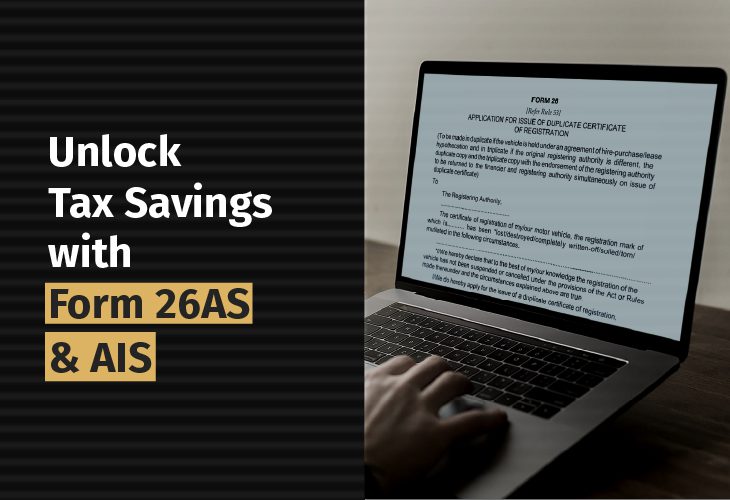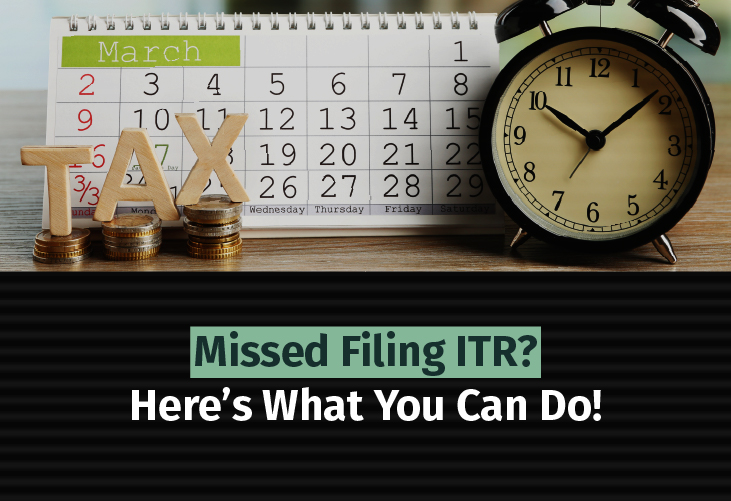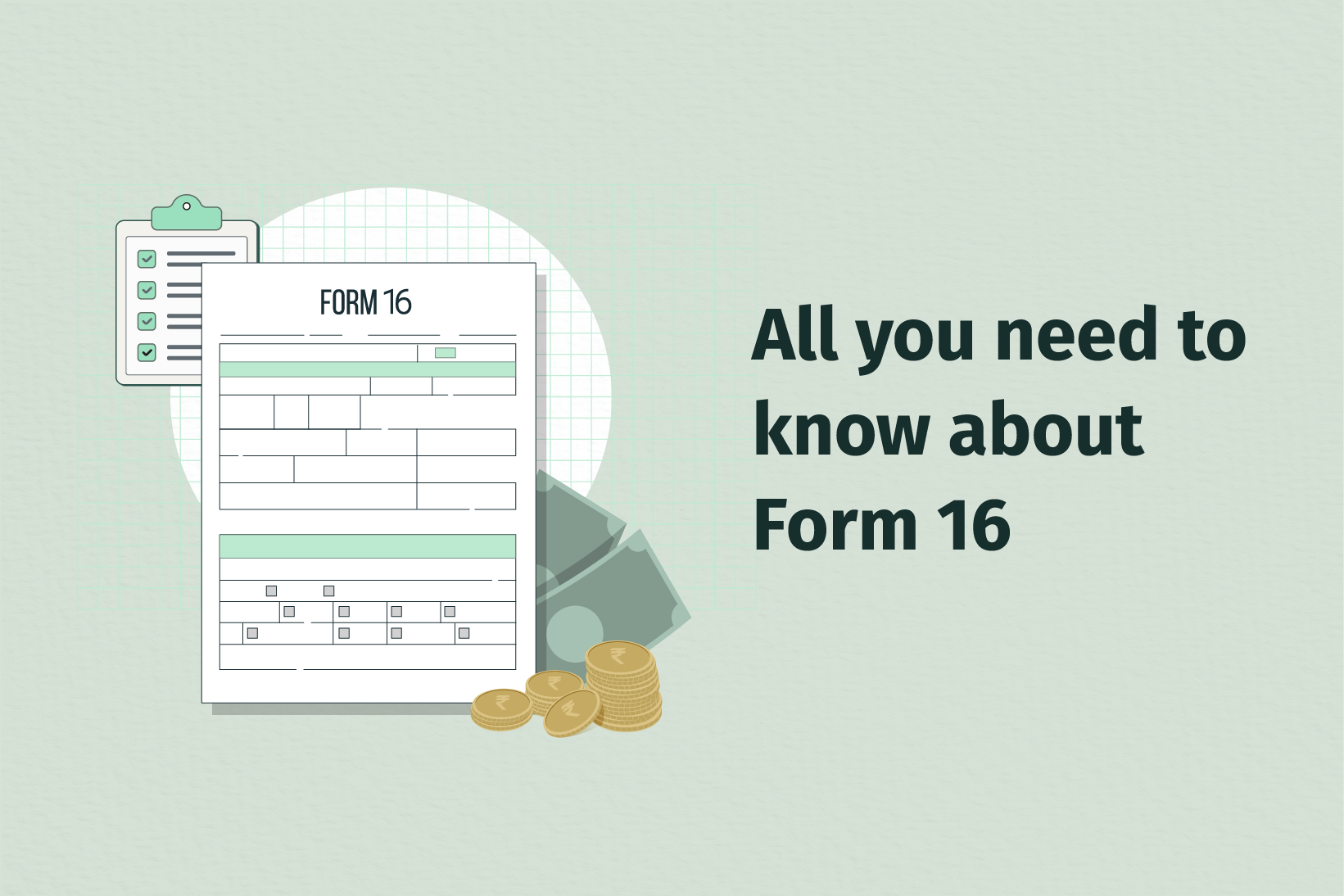Form 26AS and Annual information statement (AIS) display a comprehensive view of the financial transactions made by the taxpayer in the financial year. Leveraging these tax credit tools simplifies the return filing process and ensures accurate reporting of your income. In this blog, let’s break down these important documents and understand their significance for effective tax planning.
What is Form 26AS?
Form 26AS is a consolidated record of all tax-related information linked to your Permanent Account Number (PAN). It can be easily viewed and downloaded from the TRACES portal. The form provides a detailed summary of the following tax payments:
- Tax Deducted at Source (TDS): The amount of tax deducted from your income by employers, banks, and other entities on incomes such as salary, interest, dividends, brokerage, commission, etc.
- Tax Collected at Source (TCS): Tax collected by sellers at the point of sale of specific items such as scrap, wood, tendu leaves, minerals, etc.
- Advance Tax Payments: Any advance tax paid by you during the financial year.
- Self-Assessment Tax: Tax paid by you on your income before filing your income tax return.
It is crucial to review that the income and deductions are correctly reflected in Form 26AS. Any discrepancies in the form create issues at the time of processing of the return filed.
How to Access Form 26AS
You can easily access your Form 26AS through the e-filing portal of the Income Tax Department:
- Log in to the E-filing Portal: Visit https://www.incometax.gov.in and log in using your PAN/Aadhar and password.
- View Form 26AS: Go to e-File > Income Tax Returns > View Form 26AS.
- Download Form 26AS: You will be redirected to the Traces website > Select the assessment year for which you want to view the form > either view it online or download it in PDF format.
What is the Annual Information Statement (AIS)?
The Annual Information Statement (AIS) is a detailed version of Form 26AS. It provides information regarding various financial transactions and investments made by taxpayers throughout the financial year. It includes details such as:
- Income Details: Information about salaries, interest on deposits, dividends, rent income, and any other income reported by third parties.
- Investment Details: Information on purchase and sale of mutual funds, stocks, and other financial instruments.
- High-Value Transactions: Information related to high-value transactions, such as purchase and sale transactions of immovable properties, foreign remittances, etc.
You can provide online feedback on the information displayed in the Annual Information Statement (AIS). The AIS shows both the reported value and the modified value (i.e., the value after considering taxpayer feedback) under each section, such as TDS, SFT, and Other Information. All the relevant details will be pre-filled in your income tax return.
How to Access the AIS
You can access your AIS in a similar way to Form 26AS:
- Log in to the e-filing portal.
- Go to the “AIS” section on the dashboard.
- Click on Proceed button which will redirect you to the AIS portal and click on the AIS tile to view the Annual Information Statement.
How to Use Form 26AS and AIS for Accurate ITR Filing
-
Review Your Income
Compare the income displayed in Form 26AS and AIS with your books of accounts and supporting documents, such as Form 16, interest certificates, and bank statements. Ensure that all sources of income reflected in Form 26AS and AIS are accurately reported in your income tax return, including salary, interest from bank accounts, and other investments. This ensures tax compliance and helps you avoid the risk of scrutiny or penalties due to under-reporting or non-reporting of income.
-
Check Tax Deductions
Review the TDS and TCS amounts reflected in Form 26AS. If there are any discrepancies between your records and the details reported by tax deductors, contact the deductor to rectify them before filing your income tax return.
-
Verify Investment Information
Examine the investment details reflected in your Annual Information Statement (AIS). This includes investments in mutual funds, stocks, bonds, and fixed deposits. Ensure that all your investments are accurately reported, taxes are correctly computed, and deductions for eligible tax-saving schemes are claimed. This will help reduce your tax liability and ensure you remain tax-compliant.
-
File Your ITR
After verifying all the information and claiming eligible deductions, you can proceed to file your income tax return. Ensure that the reported details are consistent with Form 26AS and AIS. It is recommended to file your ITR online, as it offers a convenient and real-time processing.
Conclusion
Understanding how to use Form 26AS and the Annual Information Statement (AIS) is crucial for accurate income tax return (ITR) filing. By reviewing both documents before filing, you can verify pre-filled details, identify discrepancies, and avoid potential errors that could lead to penalties.
A qualified financial advisor can assist you in utilising these tax credit forms for accurate ITR filing and making informed financial decisions for effective tax planning. To optimise your taxes, download the 1 Finance app and book a consultation with a qualified financial advisor for a seamless, hassle-free tax planning experience.







